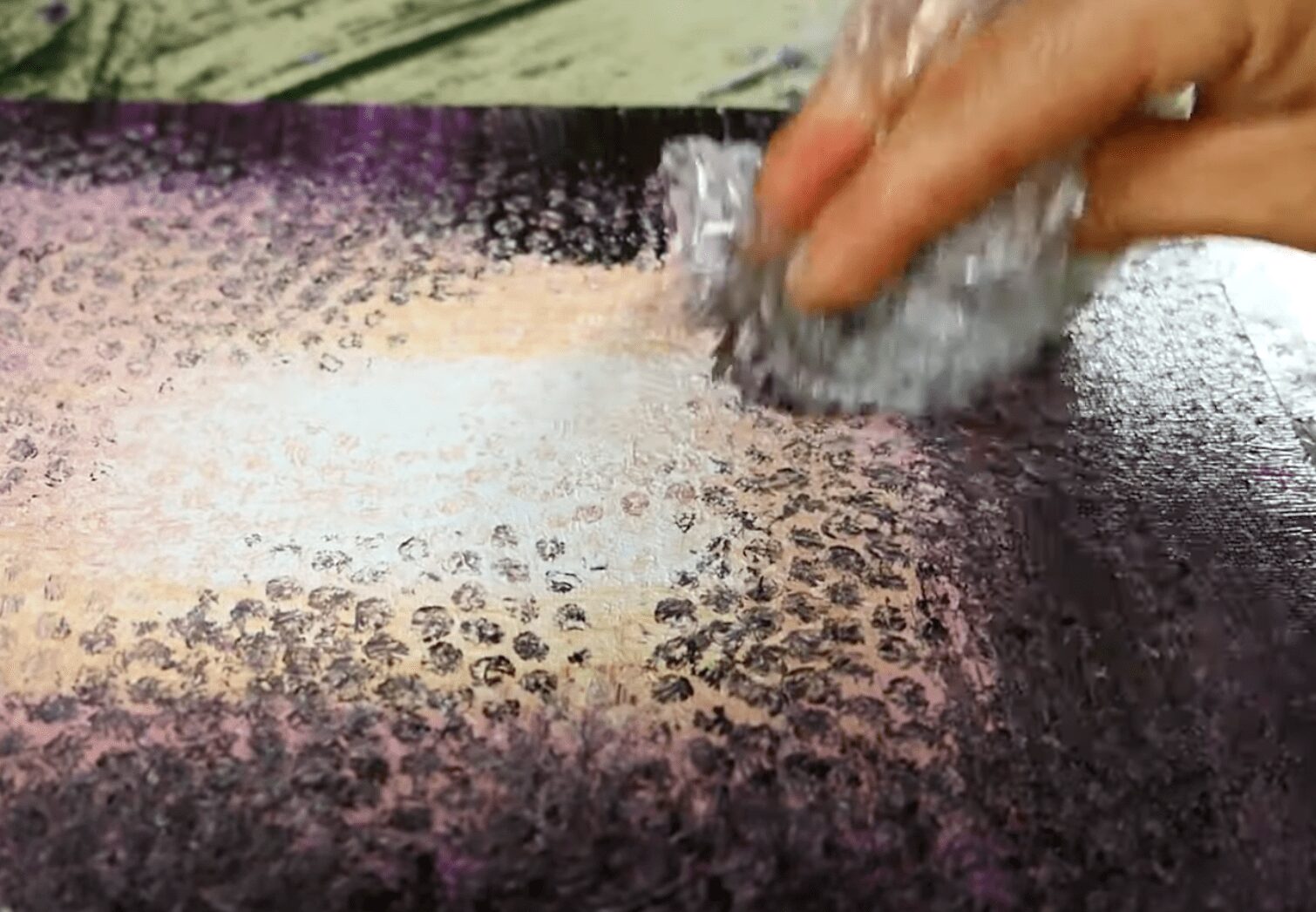Title: Enhancing Your Acrylic Landscape Painting: Exploring Tools Beyond Paint Brushes
Introduction:
While paintbrushes are fundamental tools in acrylic painting, exploring additional instruments can elevate the depth and texture of your artwork. In this blog post, we will delve into how and when to utilize various tools besides paint brushes when creating acrylic landscape paintings. By incorporating these tools into your artistic practice, you can unlock new creative possibilities and add unique dimensions to your landscapes. Discover a world of creativity at urartstudio.com, your destination for painting tips, techniques, and artistic inspiration.
Palette Knives for Texture and Depth:
Palette Knives Usage: Palette knives are versatile tools that offer artists the ability to create texture, layers, and depth in their paintings. When working on acrylic landscape pieces, consider the following techniques:
- Textural Effects: Use a palette knife to apply thick layers of paint, creating textured surfaces for elements like mountains, rocks, or tree bark. Experiment with different angles and pressures to achieve varied textures that enhance the realism of your landscapes.
- Impasto Technique: The impasto technique involves applying paint thickly with a palette knife, resulting in pronounced textures that catch the light and add dimension to your paintings. Utilize this method to highlight focal points in your landscapes, such as flower petals, clouds, or rugged terrain.
- Blending and Smoothing: While palette knives are known for creating texture, they can also be used to blend colors and smooth out surfaces. Combine brushwork with palette knife blending to achieve seamless transitions and soft edges in your acrylic landscape compositions.
Sponges for Soft Blending and Textural Effects:
Sponge Techniques: Sponges are excellent tools for achieving soft blending, creating subtle textures, and adding depth to your acrylic landscape paintings. Incorporate sponges into your artistic process with the following methods:
- Soft Blending: Dip a sponge in water and gently squeeze out excess moisture before picking up acrylic paint. Use the sponge to blend colors together on the canvas, creating soft transitions in skies, water reflections, or distant horizons.
- Textured Surfaces: Experiment with natural sponges or synthetic sponges to create organic textures in your landscapes. Dabbing or stippling with a sponge can simulate foliage, clouds, or interesting patterns in the terrain, adding visual interest and realism to your scenes.
- Veiling Technique: Apply a thin glaze of paint over a base layer using a damp sponge to create a veiled effect. This technique can add atmospheric perspective to your landscapes, enhancing depth and creating a sense of distance in your compositions.
Combs and Toothbrushes for Fine Detailing:
Detailed Accents with Combs and Toothbrushes: For adding intricate details and nuanced effects to your acrylic landscape paintings, combs and toothbrushes can be invaluable tools. Explore the following approaches:
- Grass and Foliage: Drag a comb through wet paint to create grassy textures or foliage details in your landscapes. Vary the pressure and angle to achieve natural-looking vegetation that enhances the realism of your scenes.
- Splatter Effects: Load a toothbrush with diluted acrylic paint and run your finger across the bristles to create splatter effects for stars, rain, or distant foliage in your paintings. Control the intensity and direction of the splatter by adjusting the paint consistency and brush movement.
- Fine Accents: Use the fine teeth of a comb to scratch through layers of paint for intricate lines, patterns, or detailing in your landscapes. This method can add a dynamic element to your artwork, drawing the viewer’s eye to specific areas of interest.
Experimentation and Exploration:
- Creativity Unleashed: Don’t be afraid to experiment with unconventional tools and techniques in your acrylic landscape painting. Embrace the opportunity to explore different instruments, textures, and effects to push the boundaries of your artistic expression.
- Finding Your Style: Each artist’s journey is unique, so take the time to discover which tools resonate with your artistic vision. By incorporating a diverse range of tools into your practice, you can develop a distinctive style that sets your landscapes apart.
Conclusion:
By incorporating palette knives, sponges, combs, and toothbrushes into your acrylic landscape painting practice, you can expand your creative horizons and add depth and dimension to your artwork. Experiment with these tools to create unique textures, detailed accents, and captivating visual effects in your landscapes. For more painting tips, techniques, and a wide array of artist supplies, visit urartstudio.com. Happy exploring and creating!
Please check out these pages for more valuable painting tips and step by step painting instructions:
PAINTING TIPS – https://urartstudio.com/painting-tips/
STEP BY STEP PAINTING INSTRUCTIONS – https://urartstudio.com/step-by-step-painting-instructions/
Hashtags:
#AcrylicPaintingTools #PaletteKnives #Sponges #Combs #Toothbrushes #TextureAndDepth #LandscapePainting



Leave a Reply
You must be logged in to post a comment.